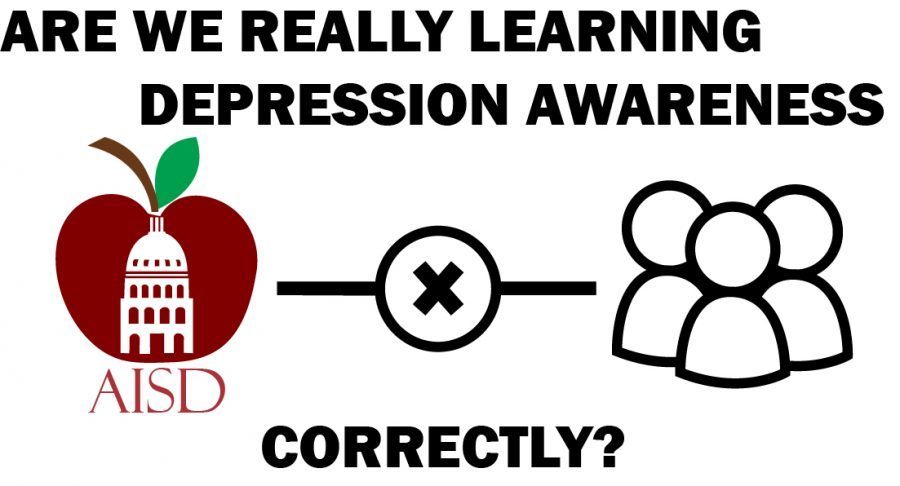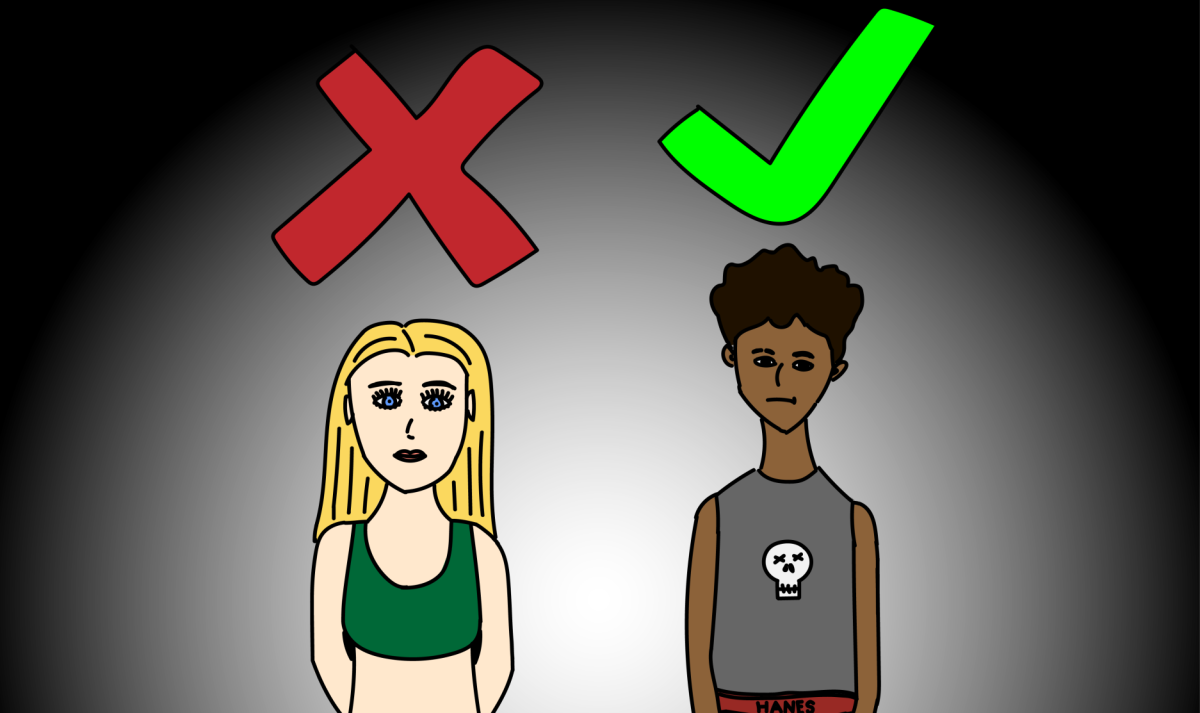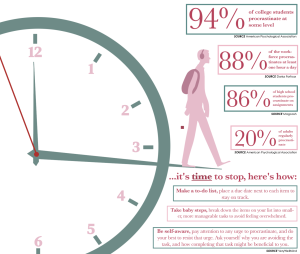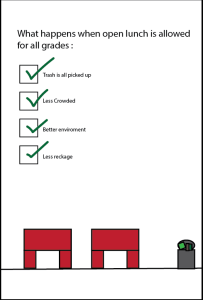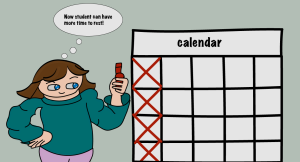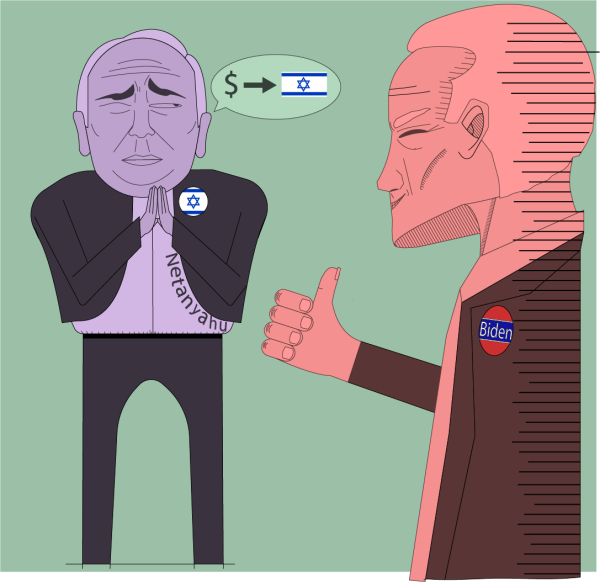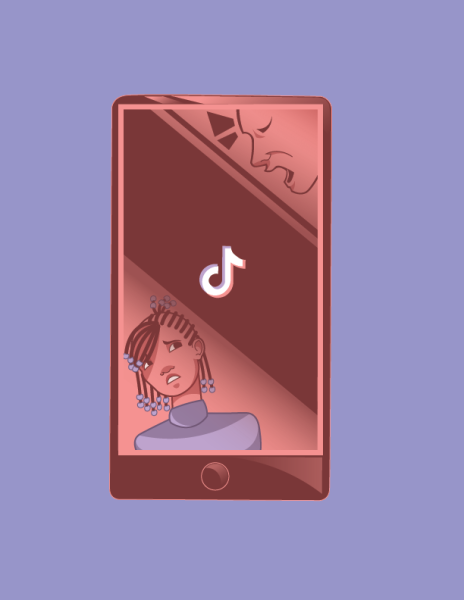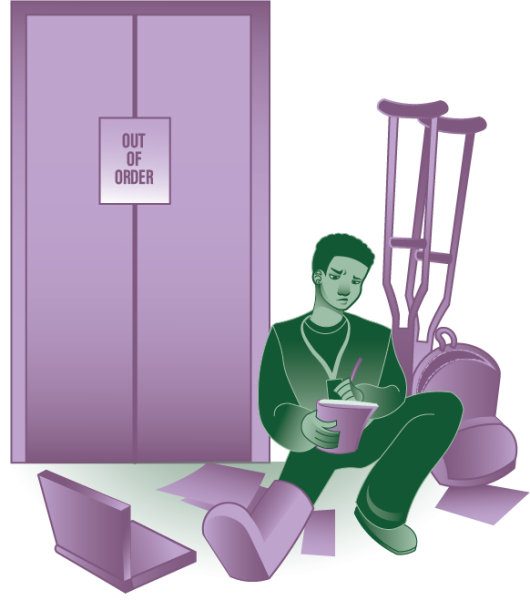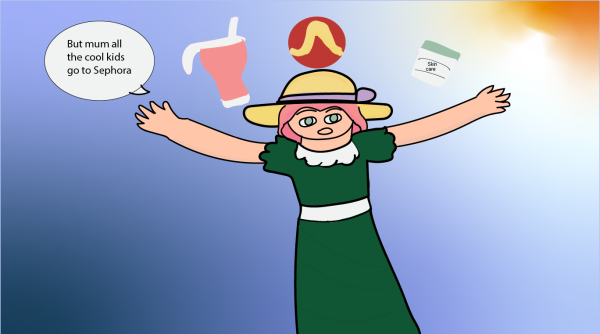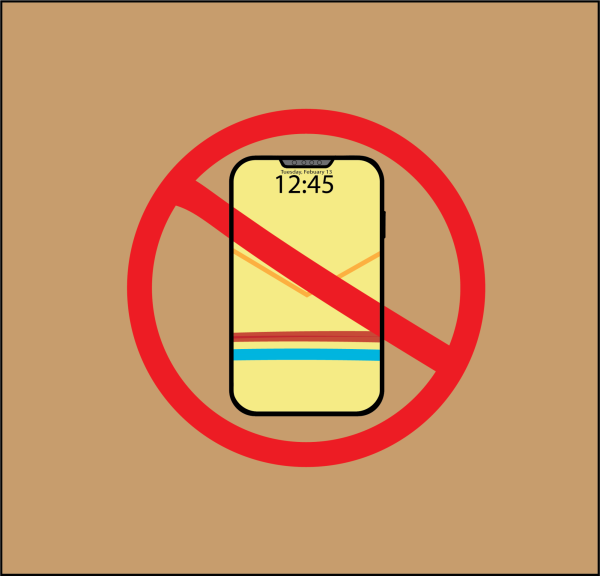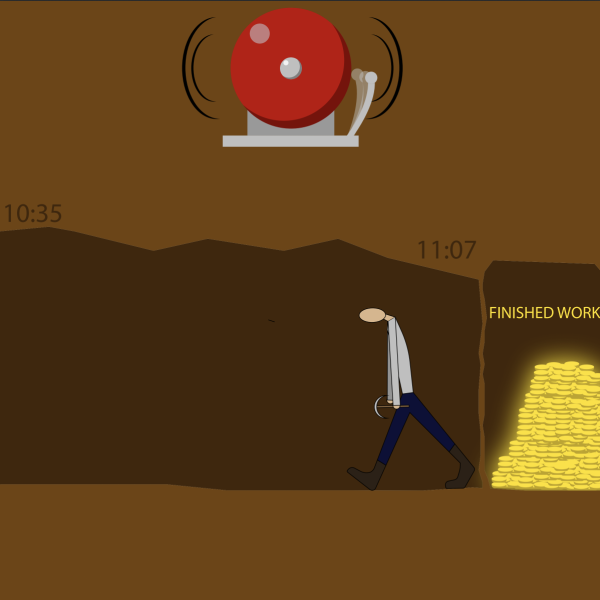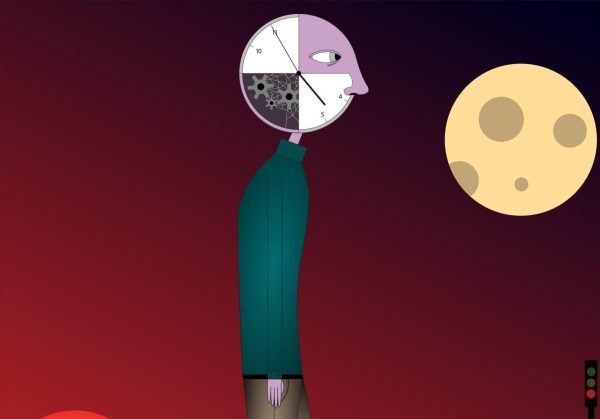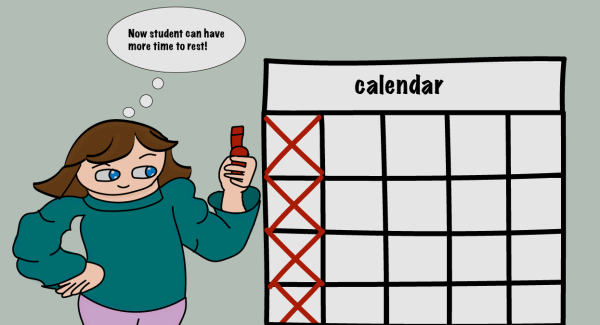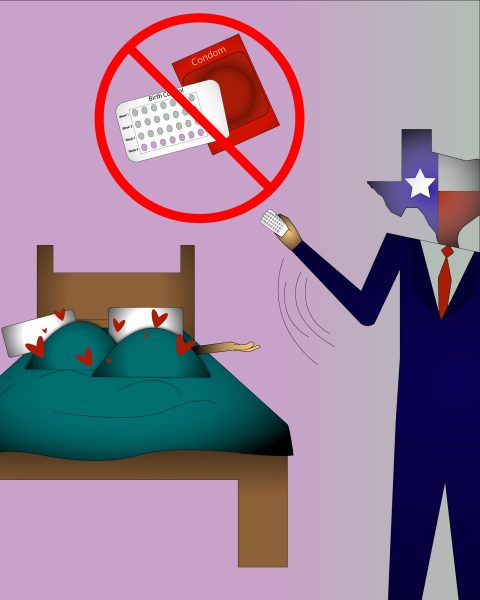The failures of “Be the One”
February 26, 2018
As many of us know, high school is grueling. With a seven hour school day, hours of after school activities and piles of homework, we see higher rates of stress, often leading to disorders such as depression or anxiety. It’s clear that the mental health of students is an exigent issue plaguing our community, so what are our educational institutions doing to help?
In order to spread awareness for depression in the community, AISD launched a suicide prevention initiative entitled “Be the One,” using both a video and Power Point educating students about suicide prevention.
Overall, “Be the One” painted an accurate description of depression, and provided ways to get help, including real-life examples from diverse students sharing personal stories with their battles, and personalizing the message to help show students how complex mental health really is.
However, the district’s programs are at a huge disadvantage because students have a negative bias towards the school system.
Let’s face it, there are faults within every education department that feed this inclination, like how the counseling department doesn’t provide much help to students who have visited with complaints.
When asked, a majority find that the counselors provide little consolidation for issues and would not approach them with problems in the first place because of the widespread stigma that counselors are intimidating.
As teenagers, we are still growing and learning, and that requires a certain amount of attention that can only be provided by counselors who truly have time to guide students rather than just help with schedules.
If this means expanding the counseling department, then maybe it should be considered because one thing Be the One didn’t emphasize was how difficult it really is for students to speak up. When the counseling department seems scary and a waste of time, reaching out for help becomes even more toilsome.
No one simple solution exists for preventing suicide and helping with depression, but certain accommodations could be made so that students feel more understood in the educational community.
Since a huge part of the problem lies within reaching out, why not bring the help to those who might need it? Another possible solution includes a more widespread acceptance of mental health from students and staff– if the students want to see a more aware campus, then we need to put in the effort too, it’s not only up to the staff.
While still respecting people’s privacy, I think there would be some great benefits to showing people we care and are here to listen. The problem isn’t that people don’t care, but rather finding an effective way to communicate with each other in order to help students during the crazy whirlwind we call high school.

